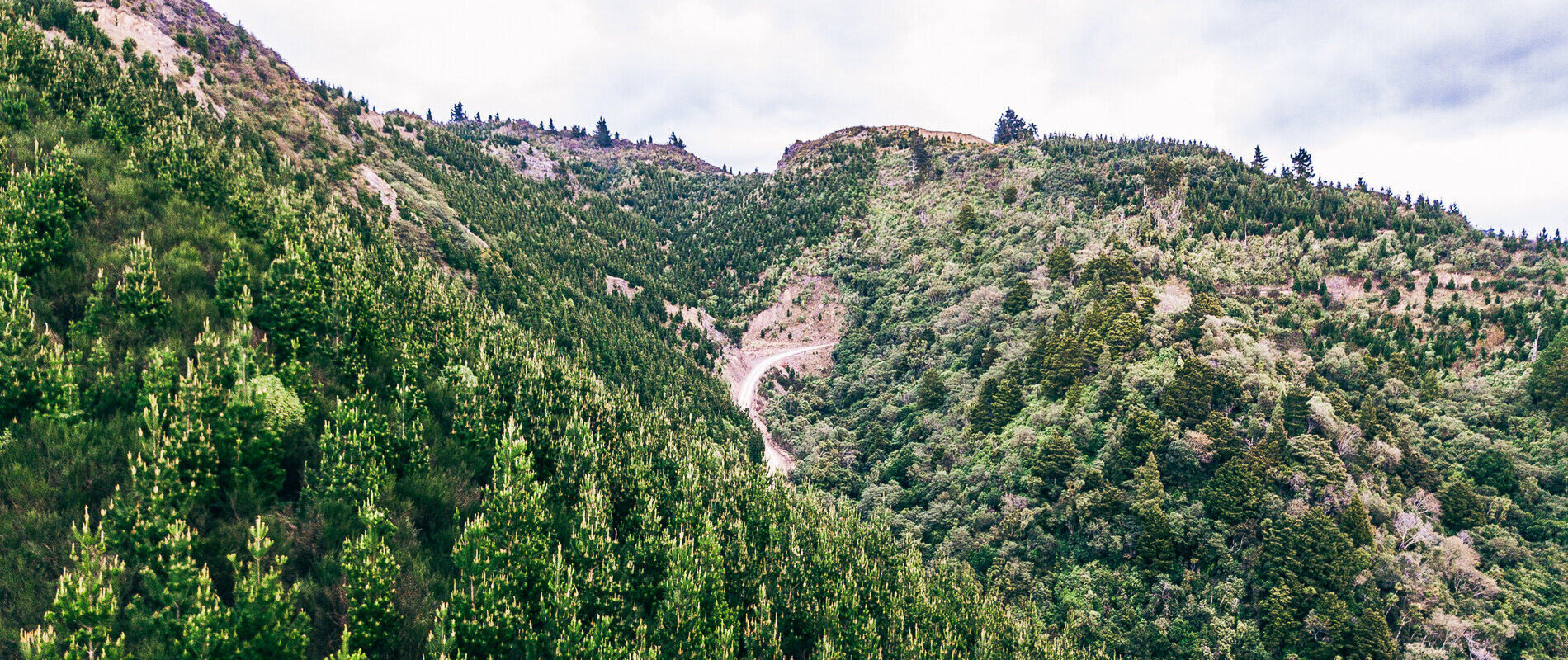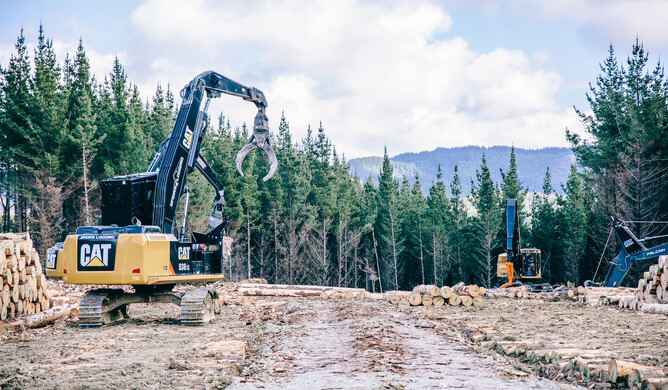Standards for guard railing on forestry mobile plant
Some of you may have received communications from enthusiastic machinery and parts suppliers/salesmen stating that:
‘Worksafe is making all forestry machines mandatory to have hand rails installed to the AS 5327 requirements.’
Worksafe have confirmed to FICA that hand/guard rails are not mandatory, the link below provides guidance.
From WorkSafe:
Manufacturers, engineering firms and forestry contractors purchasing new equipment need to ensure guard railing on forestry mobile plant adheres to the correct standards.
New guard railings should be built to AS 5327:2022 (ISO 2867:2011 MOD) Earth-Moving Machinery - Access Systems standards.
For existing machines, guard railing that was engineered to AS/NZS 1657 is fit for purpose. Before installing guard railing, a risk assessment should be carried out by a competent person and the hierarchy of controls applied.
Questions and answers
Below are some of the key questions about standards for guard railing on forestry mobile plant.
What standard should I be building to?
If you are starting a new build, then guard railing should be built to AS 5327:2022. If you have already started a build and guard railing has been designed to AS/NZS 1657, then this can be continued with - there is no need to change.
I am purchasing a new machine; what standard is required for guard railing?
If there is a fall from height risk on the new machine and guard railing is being installed as a control to the risk, then the guard railing should meet standard AS 5327:2022.
Are these standards also used for machine guarding?
No, you should continue to use standard AS/NZS 4024 for machine guarding.
Do I need guard railing on all of my machines?
Not necessarily. You should carry out a risk assessment before making your decision. If you can eliminate the hazard (for example, plumbing oil and greasing access from a safe position), you may not need guard rails. Consider guard rails if workers are at risk of falling when accessing plant or work areas.
Hierarchy of controls
The best way to avoid an accident is to always try to eliminate a hazard. If a hazard cannot be eliminated, then look at minimising the possibility of an accident.
Eliminate
1. Eliminate the hazard
Completely remove the hazard from the workplace. Example: To ensure safe access and egress for service requirements, plumb the greasing system etc so they can be accessed from a safe position (that is, no need to climb on machine).
Minimise
2. Isolate the hazard
Reduce the chance of a fall. Example: Install guard railing.
3. Use engineering controls
Install new or adapt existing components to reduce the risk of the hazard. Example: Install barriers, guard railing, toe boards, tread plates.
4. Use administrative controls
Change work practices and procedures.
Example: Carry out a risk and hazard assessment before the job and document safe procedures for the task.
5. Use PPE
This should be the last resort after you have considered all other options.
Example: Use a fall from height arrest system (harness and lanyard).
Questions?
Questions? If you have questions, contact the WorkSafe Guidance team for more information. Email: GuidanceandEducationDevelopment@worksafe.govt.nz




